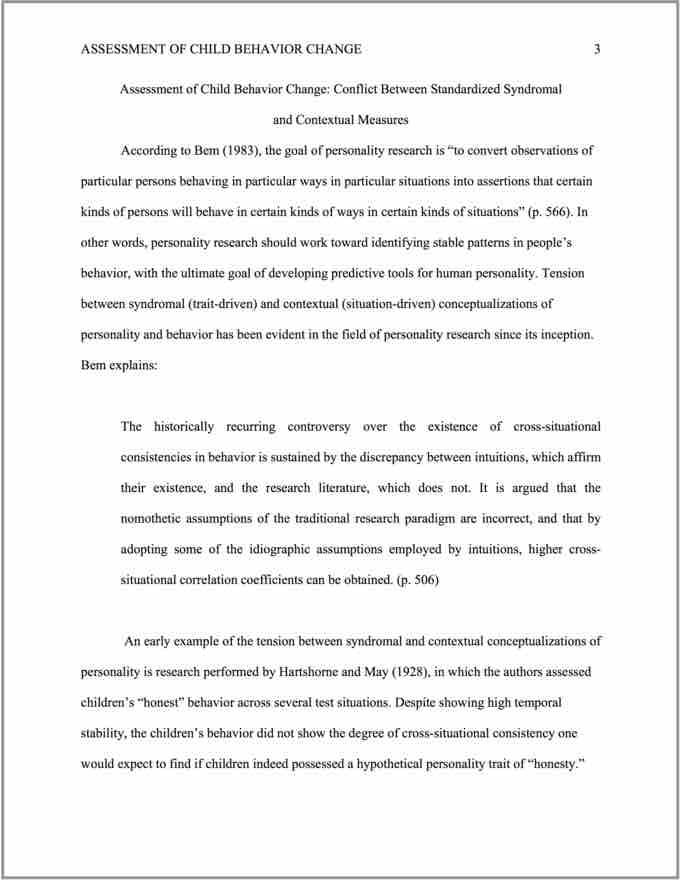When to Use a Block Quotation
A typical quotation is enclosed in double quotation marks and is part of a sentence within a paragraph of your paper. However, if you want to quote more than 40 words from a source, you should format the excerpt as a block quotation, rather than as a regular quotation within the text of a paragraph. Most of the standard rules for quotations still apply, with the following exceptions: a block quotation will begin on its own line, it will not be enclosed in quotation marks, and its in-text citation will come after the ending punctuation, not before it.
For example, if you wanted to quote the entire first paragraph of Lewis Carroll's Alice in Wonderland, you would begin that quotation on its own line and format it as follows:
Alice was beginning to get very tired of sitting by her sister on the bank, and of having nothing to do: once or twice she had peeped into the book her sister was reading, but it had no pictures or conversations in it, 'and what is the use of a book,' thought Alice 'without pictures or conversations?’ (Carroll, p. 98)
The full reference for this source would then be included in your References section at the end of your paper.
Spacing and Alignment
The entire block quotation should be indented from the left margin the same distance as the first lines of your paragraphs (and the first line should not be further indented). As the rest of your paper, it should be double-spaced. And as with series and lists, to better visually distinguish a block quotation from the surrounding text, be sure to leave an extra (blank) line between the last line of the block quotation and the first line of the following paragraph.

Block quotation
This block quotation is properly formatted in APA style.